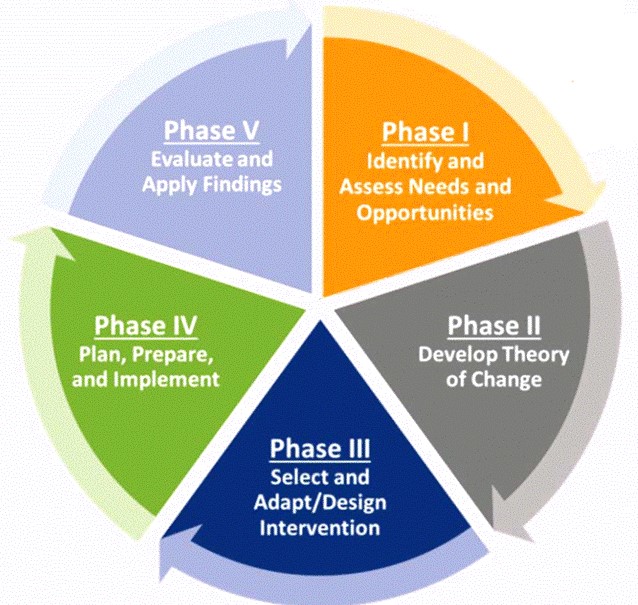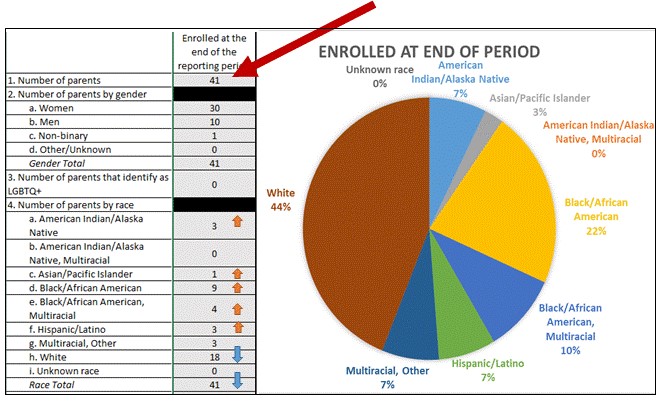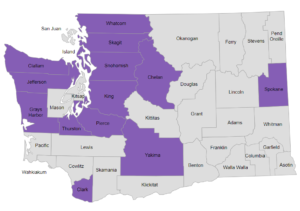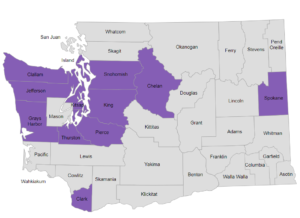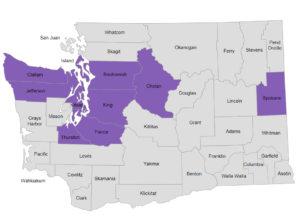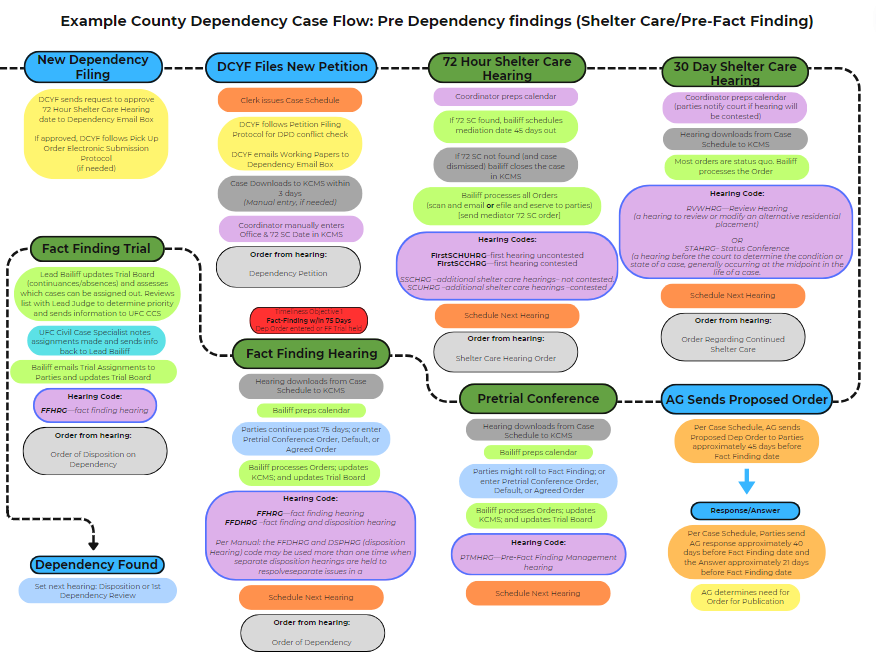Phase V: Evaluate and Apply Findings
Milestones: Data Collection, Adjust based on Data, Implementation is Of High Quality, Short and Long term Outcomes Defined, Decision to continue and sustainability have been documented.
Data Collection
Fortunately if you have chosen a change management outcome related to your WA performance measures, you have a data collection tool (your excel sheet) and method (that you’ve been instructed in by Dr. Meize-Bowers). You first collected these performance measures in 2021, collecting them again every 6 months allows your team to assess progress towards goals twice a year.
Your team might also choose to implement a plan to work on specific areas as recommended by the NEFTC. You can assess a NEFTC Self-Led Review here.
In our example: Our team looks at our WA Performance Measure Form after 6 months and again at 1 year. We specifically evaluate the data on enrollment by race, and in referrals accepted since this was what we saw in the initial assessment of our needs.
Adjust based on Data
Our overall number of participants when we started data collection was 47, which has decreased now to only 41, we cannot be sure if this was due to our eligibility changes or some other factor, but it is something to consider as we more forward with this intervention.
Looking at the small up and down arrows on the table to the right, we can see that we have increased enrollment of participants that are American Indian/Alaska Native, Asian/Pacific Islander, Black/African American, Black/African American Multiracial and Hispanic Latino) and decreased participants that are White. As we consider the implications of this we want to look at overall numbers as well as consider how many of those participants are new. Our exit surveys and interviews may give us insight into that and help us to modify our criteria further after this pilot study.
As we collected data, and with the advice of the Senior Research Associate from AOC, we also decided to change our data collection practices surrounding race and ethnicity. The current categories were chosen because they match with DCYF categories, so we cannot change those. However we decided to ask about racial identity in 2 separate questions using those categories:
- What race or ethnicity do you identify with?
- What race or ethnicity are you most perceived to be a part of?
This change will allow us to look not only the racial demographics of our court, but also to consider future interventions that address the experience of systemic racism by our participants.
Implementation is Of High Quality
We are certain that our implementation is of high quality because we requested oversite by our stakeholders and technical assistance to review our process as we developed it and as we collected data.
Short and Long term Outcomes Defined
Our outcomes in the short term are clear: in period of one year starting Jan 2022 and ending Dec 2022, we will increase the participation of BIPoC families in our FTC.
In the long term, we would like our participant demographics to match the demographics of the dependency court as a whole.
Decision to continue and sustainability have been documented.
We have determined that we will continue this change to our eligibility criteria and will continue to collect data every six months to determine if we continue to work towards our long and short term outcomes. We tasked our FTC oversite committee to review that data at each 6 month data collection timepoint and to reconvene as necessary if our progress does not continue. We added this task to a calendar that our FTC keeps to review our documents and check in on policies.
Final Thoughts
This final step is where we more from having a Change Management Plan to a process for Continuous Quality improvement. This process must be iterative: we always want to improve and check our success against data. This allows us a record of successes and a pathway to continue helping families in the most effective way possible!
Check out our other Data Resources on the FYJP Therapeutic Courts Pages.

